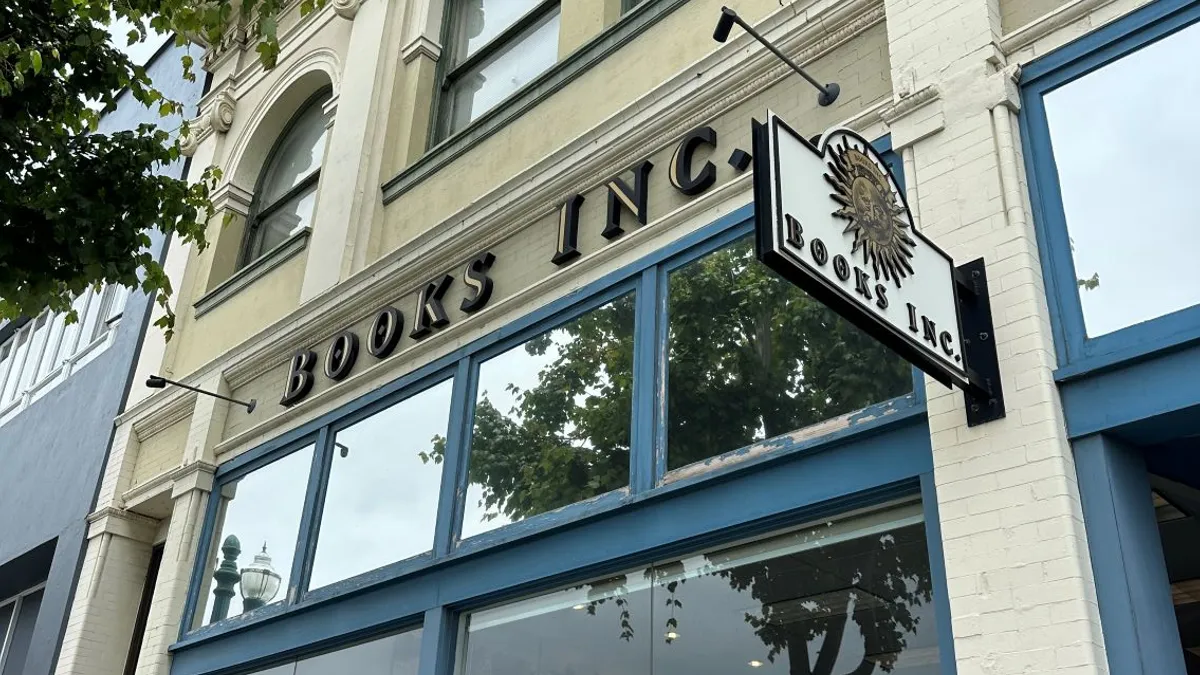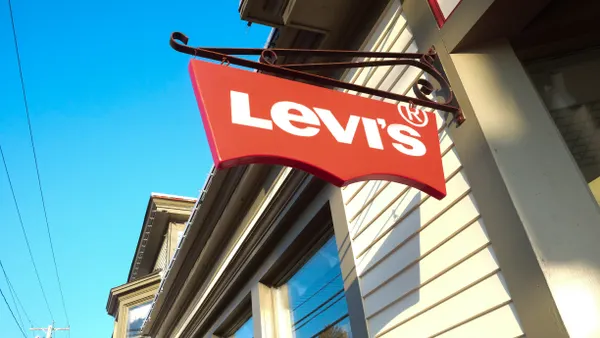Dive Brief:
- Books Inc., a retailer with an online store and 11 physical locations mostly in the San Francisco area, filed for Chapter 11 in U.S. Bankruptcy Court for the Northern District of California on Monday. In a statement, the nearly 175-year-old, privately held company said it will use bankruptcy to reset its finances and that it plans to stay in business.
- The company claimed liabilities and assets ranging from $1 million to $10 million. Its top 10 creditors, which include several book publishers and the California Department of Tax and Fee Administration, are owed approximately $3 million, according to court records.
- Books Inc. plans to close its Berkeley store on Feb. 9 and transfer some staff from that location to other stores. The retailer’s remaining stores will stay open while the company seeks court approval to further consolidate the number of its brick-and-mortar locations.
Dive Insight:
About five years after COVID-19 first erupted in the U.S., Books Inc. joins the list of retailers that have cited pandemic-driven revenue losses and changes in consumer buying patterns as issues that require bankruptcy protection to resolve.
Books Inc. said it will use Chapter 11 protection to adjust leases to align with current store foot traffic and sales levels. If the company is unable to negotiate more favorable lease terms, it said additional stores may close, which will allow it to focus on maintaining profitable locations.
“Books Inc. is not going away,” CEO Andy Perham said in a statement. “Our board, investors, senior managers and key partners agree that reorganizing with the tools afforded us by Chapter 11 is the fastest path toward putting our company on a smaller, financially stronger platform from which we can continue our long legacy of serving California readers.”
In court documents, Perham details what factors contributed to the company’s current situation. They include a sharp sales decline during the pandemic due in part to stay-at-home orders and a decrease in in-person shopping. As the pandemic eased, many people and businesses adopted hybrid and remote work, which kept in-store traffic down, and sales failed to recover.
Revenue has still not returned to pre-pandemic levels. The company in court documents reported $20.9 million in gross revenue in 2019 and $17.1 million in 2024. However, operating costs, including payroll and rental expenses, have risen, as have interest rates, which increased the cost of paying the company’s debts.
Cost-control steps taken included reducing operating hours and adjusting staffing to match in-store foot traffic patterns. In 2020 and 2021, the company negotiated for and received rent reductions and forgiveness at all of its locations. Perham said in court documents that the company’s priority debts as of Monday also included pre-bankruptcy employee salaries and $427,123 in unpaid state sales taxes.
The company previously filed for bankruptcy in 1995, following the rise of national bookstore chains throughout the West Coast and after the death of former owner Lew Lengfeld.
Other changes in the segment include the 2011 bankruptcy of Borders, which also owned the Waldenbooks banner. Barnes & Noble and Books-A-Million still currently have large U.S. footprints, with about 600 and 260 stores, respectively. Another regional bookseller, Tattered Cover, filed for Chapter 11 bankruptcy in late 2023. Barnes & Noble acquired the Colorado-based chain in July.
Books Inc. describes itself as the oldest independently owned and operated bookstore in the Western U.S. Its history dates to the California Gold Rush in 1851. It incorporated under its current name in 1946. Brick-and-mortar retail operations comprise 95% of the company’s revenue, with online sales and events making up the rest. As of Monday, Books Inc. said it employed about 122 people across its retail stores, warehouse and corporate office.
The changes in the literary retail space reflect broader retail industry trends, Gartner Director Analyst Kassi Socha said in emailed comments to Retail Dive. Retailers must quickly evolve their omnichannel and in-store offerings to stay competitive with customer needs and expectations. Socha said the movement also sets up some retailers to regain what they may have lost.
“It’s not every retailer’s story, but 2025 holds promise for more retail comebacks,” Socha said. “From booksellers to mainstay fashion — there’s opportunity with the right leadership, technology, and brand vision for a struggling retailer to win back the loyalty and wallet of the consumer that strayed away.”















